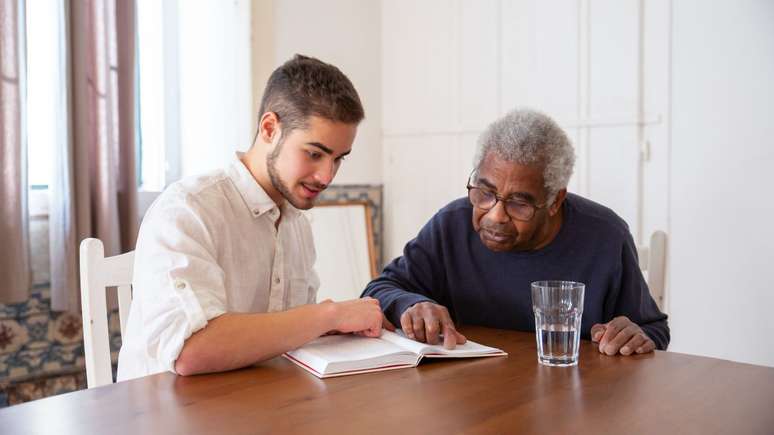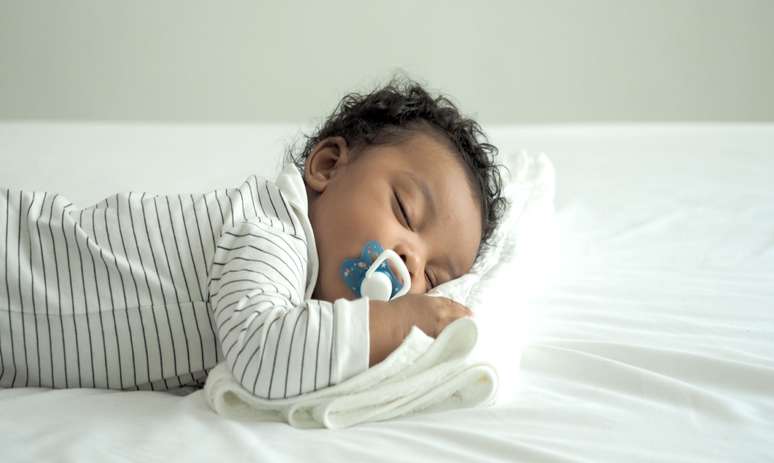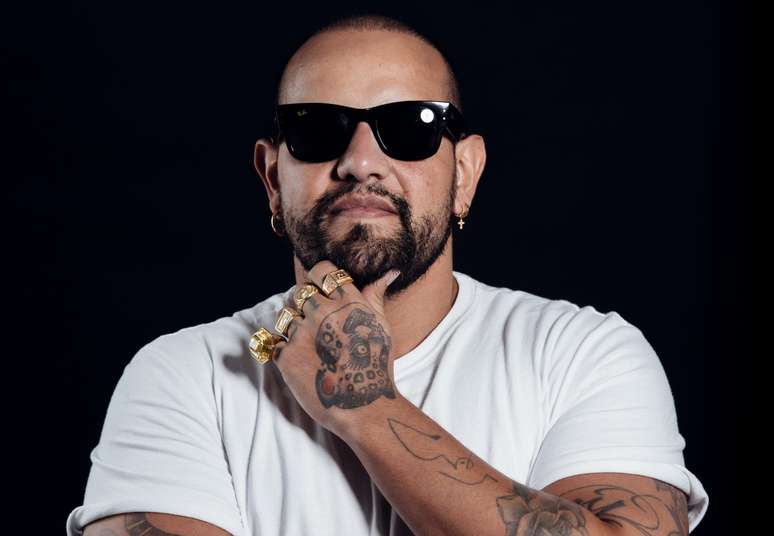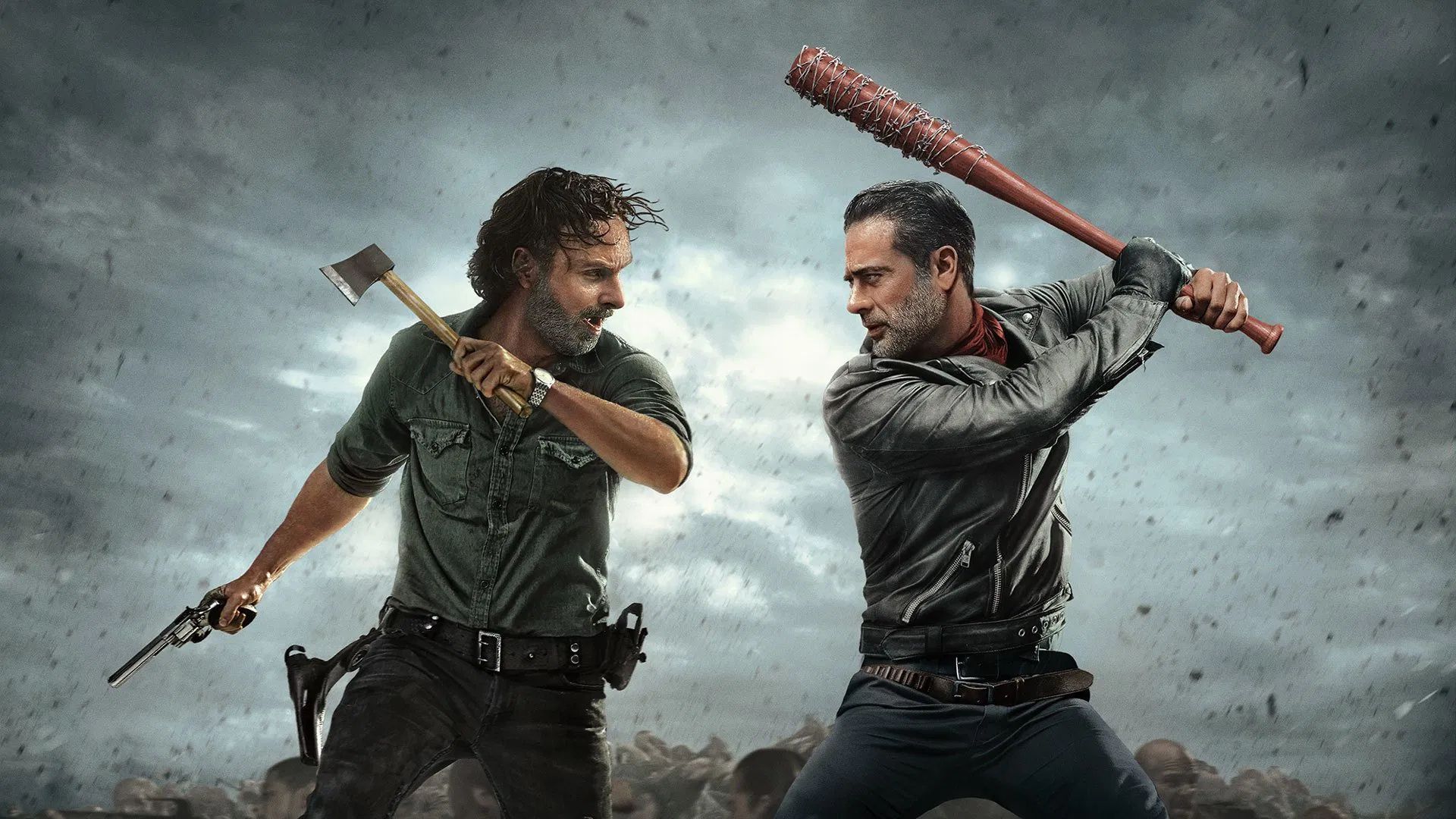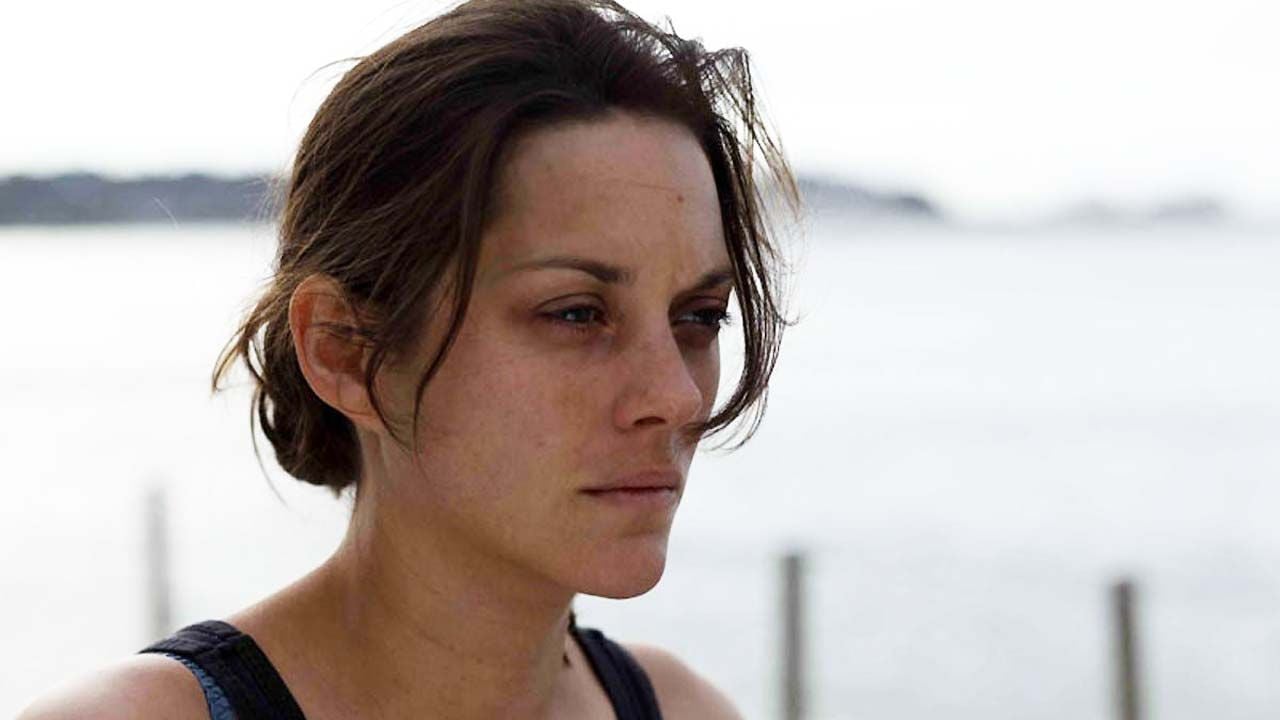More than aesthetics, the gluteal muscles are essential for a functional body and protected joints for life.
The glutes are powerful muscles that help support the pelvis and stabilize the hip joints.
More than aesthetics, strengthening the gluteal muscles is essential for good musculoskeletal health.
The buttocks support the body and protect the hip joint.
The gluteal muscles are a group of three separate muscles, each with a unique anatomical structure and function.
The deepest and smallest muscle is called the gluteus minimus, which is very close to the hip joint. Overlying this is the gluteus medius. It is relatively large and covers the entire external surface of the basin.
The gluteus maximus is the largest of the three gluteal muscles and covers both the gluteus medius and minimus. This muscle is what gives your butt its distinctive shape, but it plays a very important role in how your body works.
Combined, the gluteus maximus, medius, and minimus generate a lot of hip movement and absorb the impact of walking and running.
These muscles work in conjunction with the brain to generate a lot of energy to keep your body upright as gravity tries to pull you down.
THE IMPORTANCE OF THE BUTTOCKS FOR YOUR BODY’S HEALTH
A study from the School of Health & Rehabilitation Sciences, University of Queensland, Australia, indicates that some people with hip pain also have glute muscle deficiencies. These deficiencies can reduce the ability of the butt muscles to protect the joint from the natural damage of aging and potentially affect a person’s ability to bear weight (for example, when standing on one leg or climbing stairs). .
Reduction in muscle size and an increase in inactive tissue such as fat have been reported in hip conditions such as greater trochanter pain syndrome (a common type of hip pain, also known as gluteal tendinopathy).
The same also applies to hip osteoarthritis, which affects the entire joint.
Osteoarthritis is a disease affecting the joints characterized by degeneration of cartilage with inflammation. A survey by the American College of Rheumatology, published in the journal Arthritis & Rheumatology, has revealed an increase in the number of cases worldwide.
According to the study, based on data relating to the period between 1990 and 2019, there was a global increase in cases of 113.25% in the period studied. The jump went from 247.5 million in 1990 to almost 528 million in 2019.
In Brazil, it is estimated that around 12 million Brazilians suffer from osteoarthritis, equal to 6.3% of the adult population. The prevalence increases among the elderly. In people older than 65, 85% have radiological evidence of the disease.
Strong glutes also improve day-to-day body function, especially in people with hip osteoarthritis. Even those who suffer from this problem and work on strengthening their glutes, walk faster and cover greater distances and climb stairs faster than those with weaker glutes.
That is, weak glutes are associated with:
- low back pain, according to a study published in the British Journal of Sport Medicine
- patellofemoral pain (pain under the kneecap) e
- Greater trochanteric pain syndrome (the common type of hip pain we mentioned earlier, also known as gluteal tendinopathy).
STRONGER BUTTONS REFLECT INTO A MORE FUNCTIONAL BODY
Glute strength also plays a role in keeping your pelvic floor in good shape.
This isn’t to say that doing glute exercises will automatically cure all of these ailments; each case is unique and involves a number of factors. But having strong glutes is, in general, very important for hip and pelvic stability and function.
For hypertrophy, the ideal is to train with loads between 60% and 80% of the maximum intensity that the individual can handle. And, on average, 8 to 15 repetitions,” explains physical education professional, personal trainer and masseur João Carlos.
STRONGER GLUTES TRAINING
Instructions: For each exercise below, complete 40 seconds of work, then take 20 seconds to recover before moving on to the next movement. Count how many reps you can complete on day one in each 40-second period, and compare that number to how many you can do at the end of the challenge to see how much stronger you’ve gotten.
Bulgarian squats
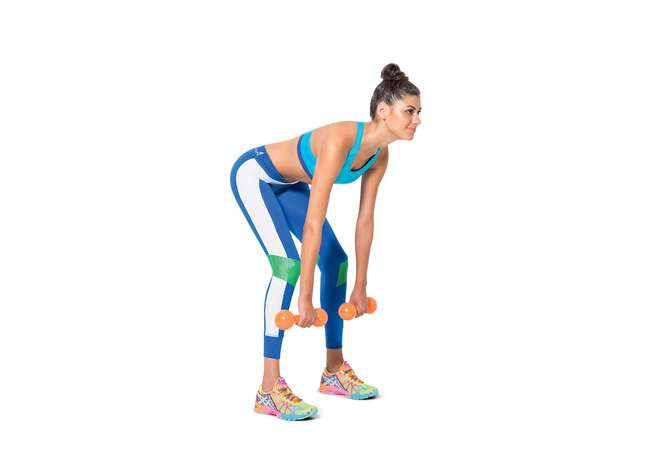
How to do it: Place one foot on a high support (it can be a bench or a step), leaving the other leg in front. Bend the knee of this leg until it forms a 90-degree angle. When done with reps, repeat the movement on the other side.
rigid

Start by standing with your feet hip-width apart and holding the barbell (or dumbbells). Then, he bends his knees slightly. Lower your torso and barbell, maintaining the natural curvature of your spine…
side squats
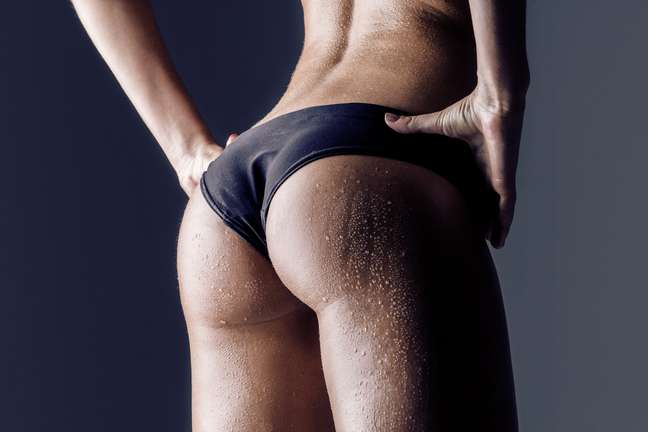
How: Start standing, then take a big step forward and to the side, pushing your hips back and keeping the opposite leg straight. After lowering into the side lunge, push off your bent leg and stand up, lifting your knee and balancing on one leg before resuming the movement. Stand on one side for 20 seconds.
+The best content in your email for free. Choose your favorite Terra newsletter. Click here!
Source: Terra
Ben Stock is a lifestyle journalist and author at Gossipify. He writes about topics such as health, wellness, travel, food and home decor. He provides practical advice and inspiration to improve well-being, keeps readers up to date with latest lifestyle news and trends, known for his engaging writing style, in-depth analysis and unique perspectives.

